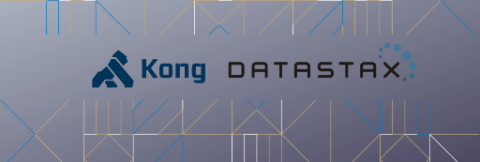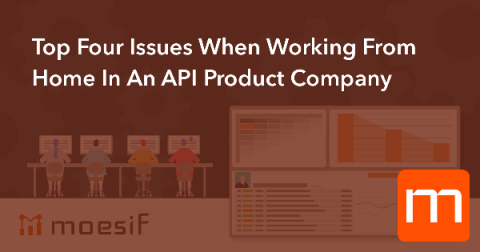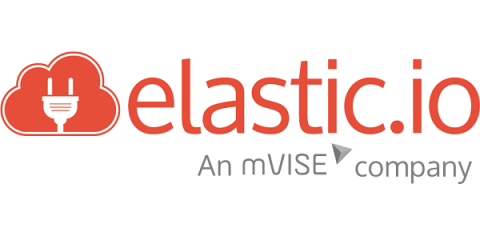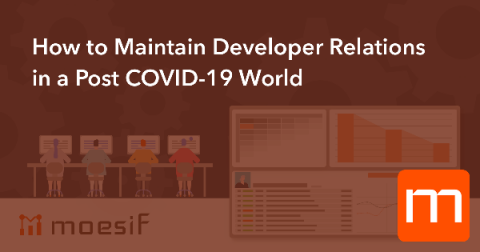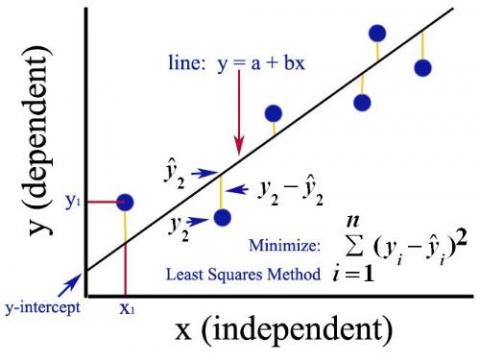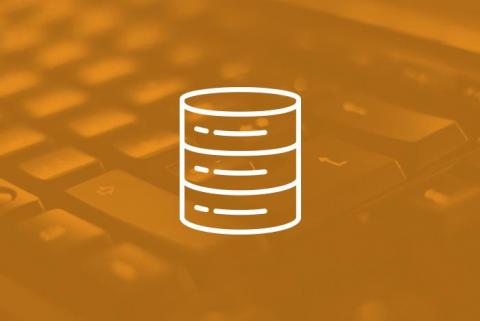DataStax has launched a preview of Astra Cassandra-as-a-Service for Kong customers
We built Kong to handle any API at any level of scale, but running APIs at scale means storing and managing data at scale. That’s why we’ve always recommended Apache Cassandra for the biggest Kong deployments. Cassandra is powerful and proven, but it does require some skill to install and operate – which is why we’re excited to hear that Datastax is making Cassandra easy to use at any level of scale with DataStax Astra, a Database-as-a-Service built on Apache Cassandra.


